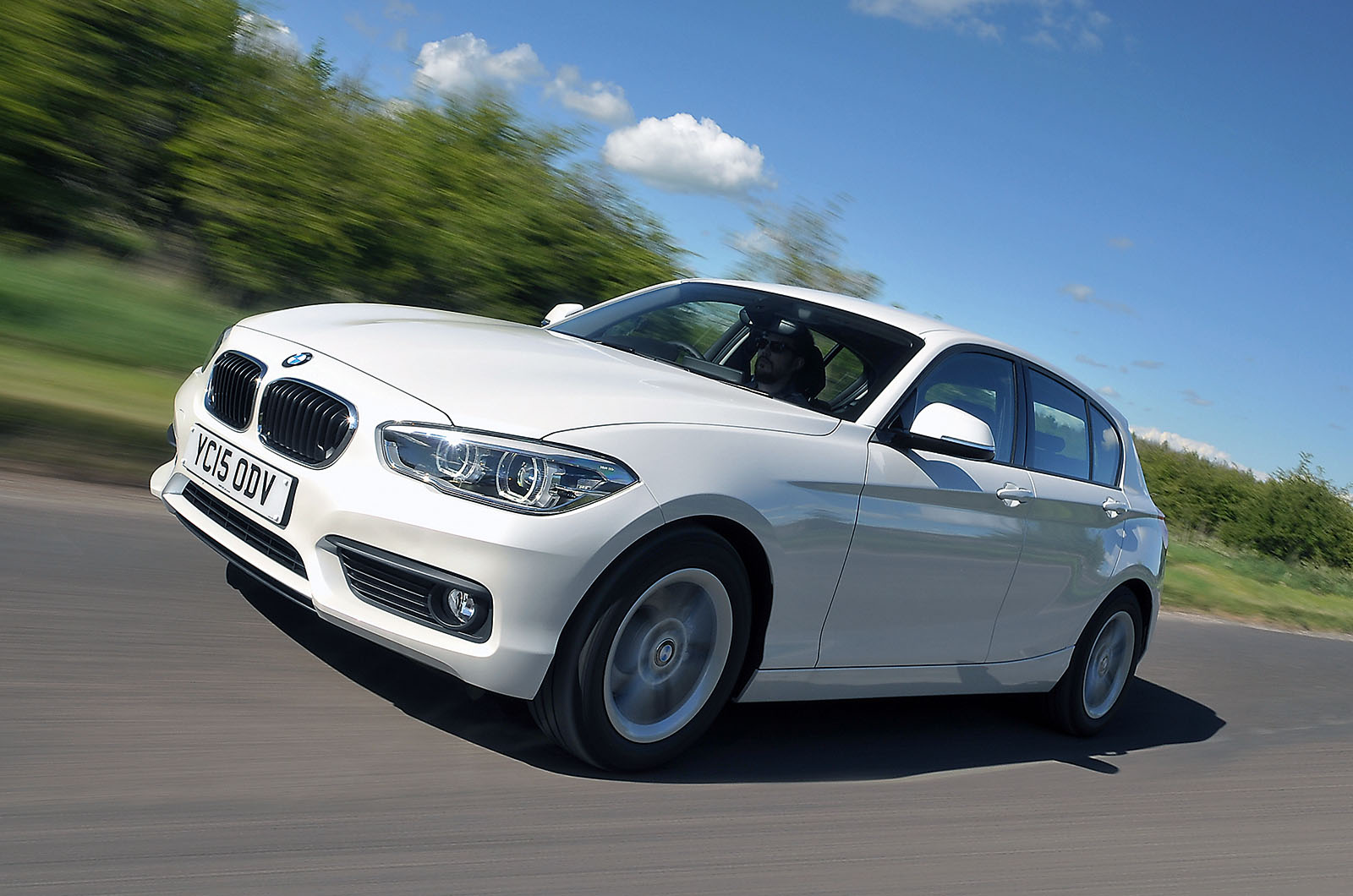The 116d Efficient Dynamics continued BMW’s trend of confusing petrolheads with its badge designation and engine capacities. Up until this facelift, all diesel 1 Series variants were powered by 2.0-litre motors, including the 116d. Come 2015, this was no longer the case.
As previously mentioned, the 116d Efficient Dynamics got a 1.5-litre turbocharged three-pot diesel engine, with the rest of the diesel range staying loyal to the 2.0-litre capacity. The base 116d got an output of 114bhp, the 118d was upped to 147bhp and the 120d pumps out 187bhp. The diesel flagship 125d (still in 2.0-litre form) develops a considerable 221bhp.
Buyers seeking a petrol 1 Series got the choice of the 1.6-litre, three-cylinder, 134bhp 118i and 174bhp 120i – the 2.0-litre 125i with 214bhp and of course, the ballistic M140i with its 335bhp 3.0-litre twin turbocharged straight six engine.
Just by being a diesel BMW, the 116d Efficient Dynamics comes into this section with a heavy weight of expectation hung, albatross-like, around its neck, but with only three cylinders to call its own, it might not initially inspire the utmost confidence.
The 1.5-litre triple, however, proves to be a credit to both the car and the BMW brand, delivering admirably peppy and flexible power combined with strong real-world economy and an industrious brand of likeability.
BMW’s six-speed manual gearbox is certainly an acquired taste, though, and it’s the only transmission on offer if you want the 89g/km of the EfficientDynamics Plus model.
The springy, notchy, occasionally fussy shift feel will be instantly familiar to long-time BMW owners, but the EfficientDynamics model’s low-resistance gearbox oil only serves to exacerbate the unit’s stubbornness – particularly when starting from cold.
Once you get used to the deliberate force required to change gears with any confidence, there’s the gearing to get on terms with. With a taller final drive than that of the regular 116d, the EfficientDynamics model feels extremely long-legged.
Around town, you’ll seldom get out of third gear, while sixth is too tall for even moderate motorway acceleration. As such, regular cog-swapping is necessary if you want to combine good economy with equally good ground-covering pace.
That the car manages to pull off those long ratios has everything to do with the operating range of its engine. The three-pot diesel is predictably spikey at low revs, firing some vibration through the pedals and seat. But its inherent advantage comes with engine speed, because as the tacho needle climbs, so the coarseness and wheeziness you expect of a diesel engine declines to materialise.
Although the engine produces its 114bhp peak power at 4000rpm, it revs to 5000rpm and beyond quite freely and responds smartly throughout the rev range with a pleasing, consistent spread of urge.
Real-world fuel economy is likewise impressive, and while it’s not the most civilised engine in its class, the 1.5-litre triple conforms to BMW’s modern turbodiesel mould. In other words, it’s ready to over-deliver on performance, efficiency and tractability above all else.
At the other end of the spectrum, the 2.0-litre four-cylinder diesel lump of the 125d is remarkably linear in its delivery, with a broad power band that’s almost free from lag and one that constantly wants to chase the redline beyond its peak power output at 4400rpm. Its hefty 331lb ft of torque from 1500-3000rpm makes the 125d unquestionably swift in real-world driving, too.

